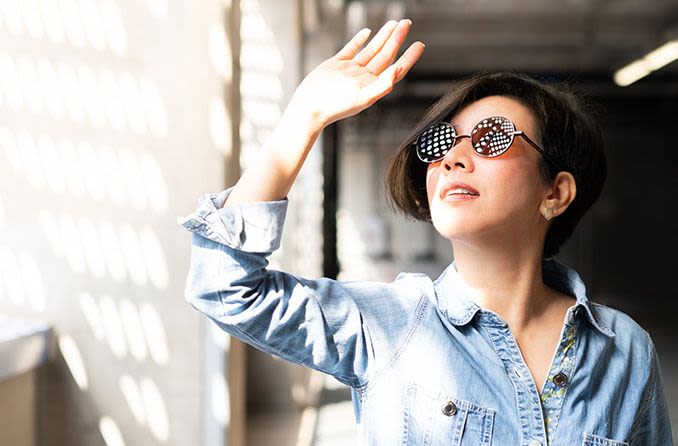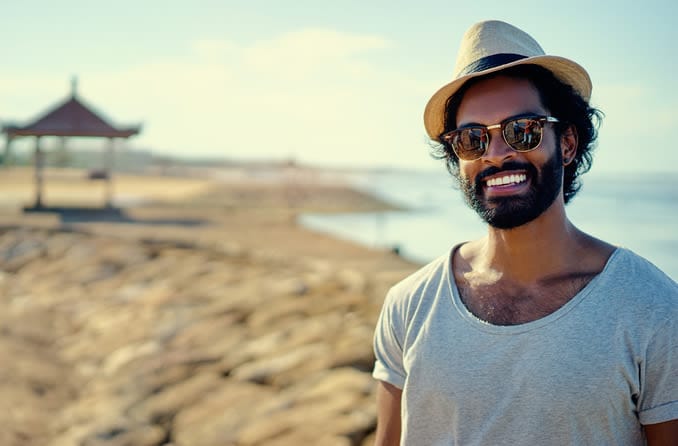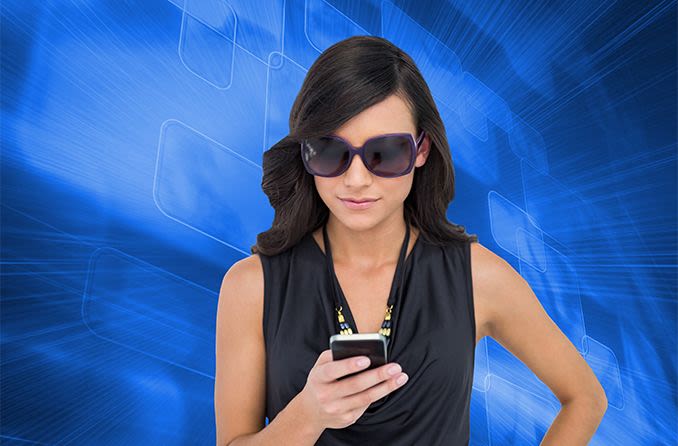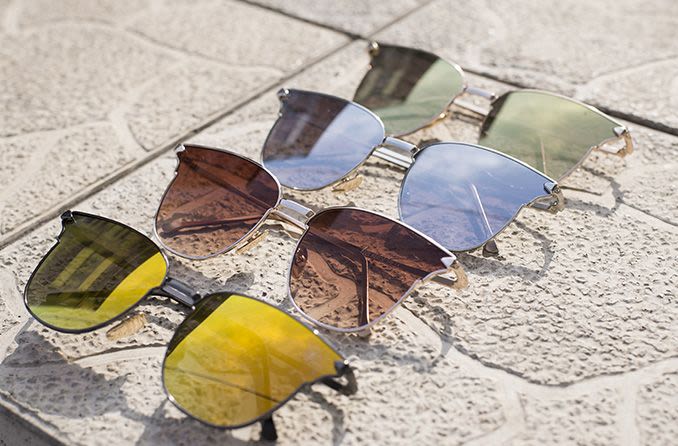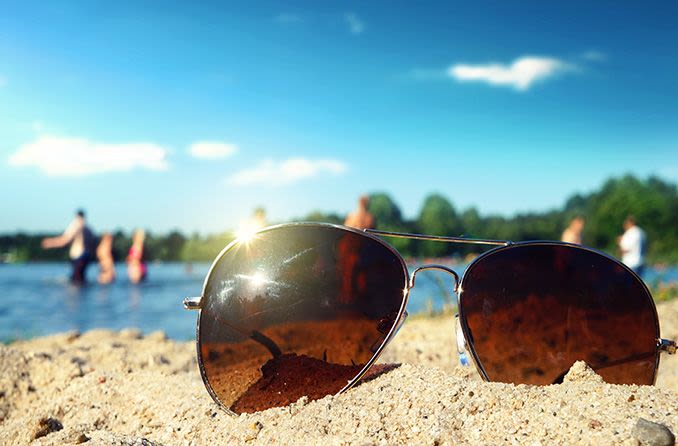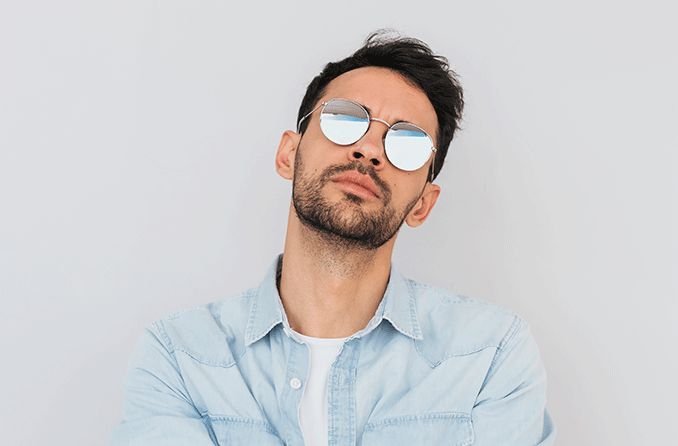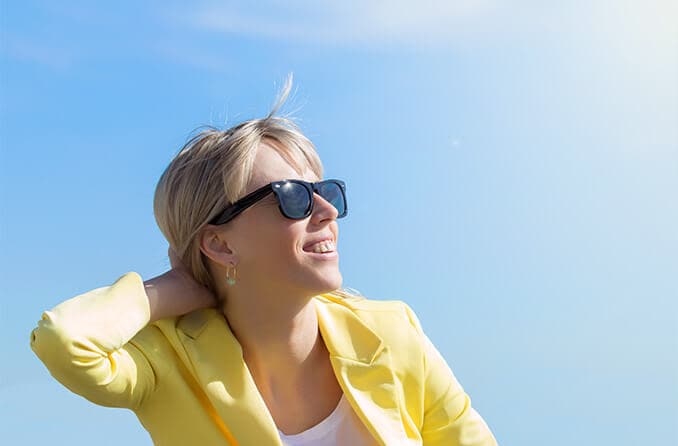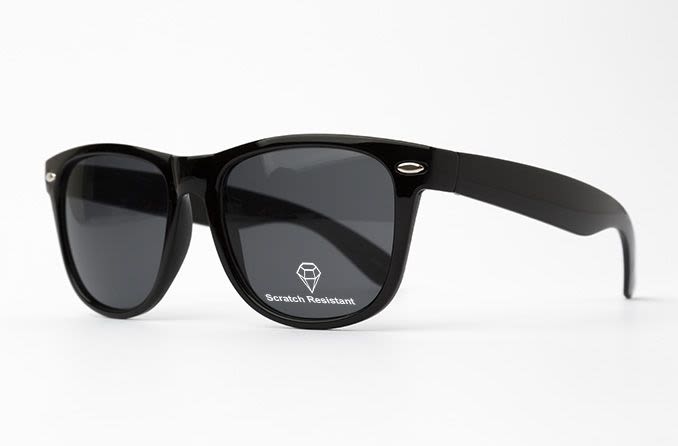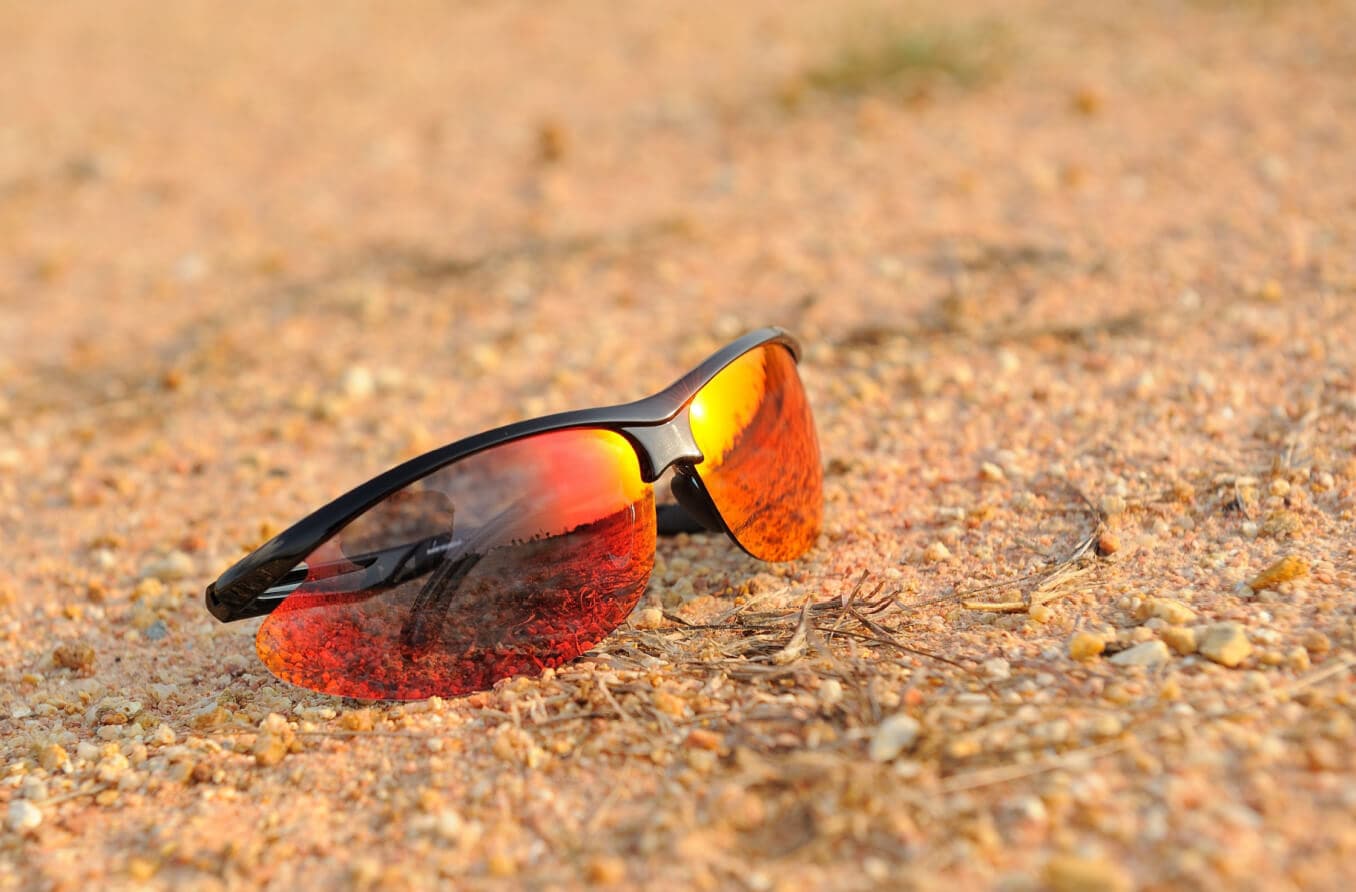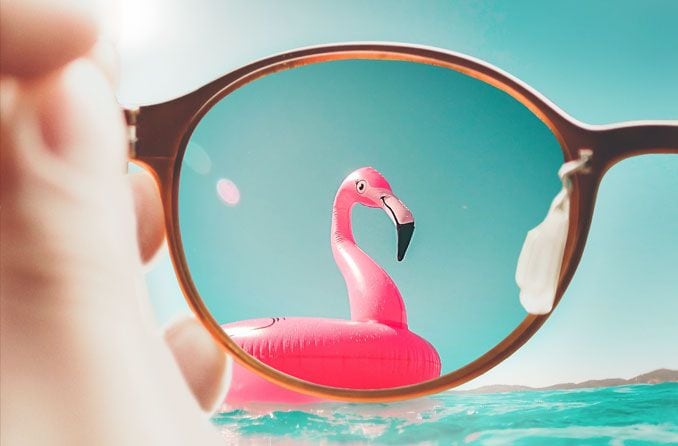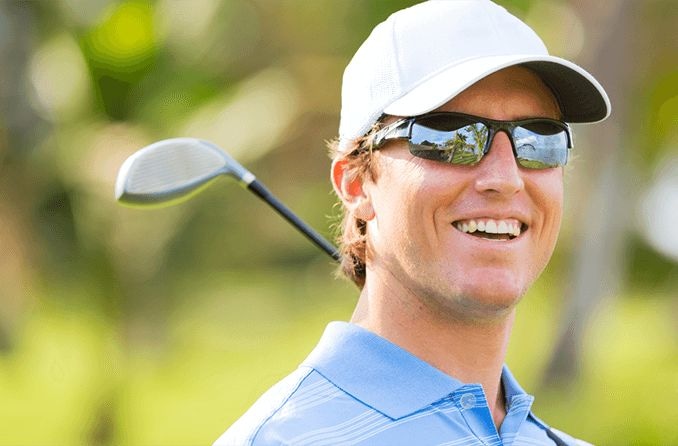If you’ve been shopping for sunglasses, you’ve undoubtedly seen tags claiming some percentage of UV protection. And hopefully you understand the importance of shielding your eyes from these harmful rays.
But how much protection is enough and what does UV 400 mean?
Sunglasses labeled UV 400 provide nearly 100% protection from harmful ultraviolet light rays, blocking wavelengths up to 400 nanometers, including UVA and UVB rays.
Ultraviolet, or UV, rays are electromagnetic radiation from the sun. While you can’t see it, UV radiation penetrates Earth’s atmosphere and reaches your skin and eyes in the form of UVA and UVB waves.
Protection from UV light is important because without it you’re at risk of developing cataracts, macular degeneration, photokeratitis (also known as snow blindness) or even eye cancers that can lead to permanent blindness.
KEEP YOUR EYES SAFE WITH UV 400 SUNGLASSES: Shop for sunglasses at an optical store near you or an online eyewear retailer.
What are UV protection sunglasses?
To be considered UV sunglasses, the lenses are required to block 75% to 90% of visible light and must offer UVA and UVB protection to block 99% of ultraviolet radiation.
Ideally, you want sunglasses that offer UV 400 protection since they offer virtually 100% protection from UV rays.
Note that not all sunglasses are considered UV-protection sunglasses. A pair of sunglasses may have dark lenses, which could be presumed to block rays, but that doesn’t mean the shades provide adequate UV protection.
If those sunglasses with dark lenses don’t include UV protection, those darker shades are actually worse for your eyes than not wearing any protective eyewear at all. Why? Because the dark tint can cause your pupils to dilate, exposing your eyes to more UV light.
There’s also a difference between UV protection lenses and polarized lenses.
Polarized lenses have a special coating that helps eliminate or reduce glare from sunlight and light reflecting off the surface of water and other horizontal surfaces. Polarized lenses sometimes include UV protection in sunglasses, but this is not always the case. When in doubt, look for sunglasses that have UV 400 protection lenses, or sunglasses that specify 100% protection.
Additionally, if you spend a lot of time outdoors consider wearing wraparound sunglasses to cut down the amount of UV radiation that may enter your eyes from the sides of your glasses. And be sure to wear your sunglasses year-round as UV rays can damage your eyes during any season, even on overcast days.
UV 400 protection needs to start early
The risk of damage to our eyes and skin from solar UV radiation is cumulative: The danger continues to grow the more time you spend in sunlight over your lifetime. This starts at an early age.
Children are at higher risk for UV damage to their eyes because they tend to spend more time outside. Children also are more susceptible to eye damage from UV rays because their pupils are larger, and the lenses inside their eyes are clearer, enabling more UV rays to penetrate deep into their eyes.
Purchase UV 400 sunglasses for your children early on to help protect their eyes from UV rays. Also, make sure your children always wear sunglasses when outdoors, especially between 8 a.m. and 10 a.m. and 2 p.m. to 4 p.m., when eyes can receive nearly double the amount of UV rays.
When buying children’s sunglasses, be sure they offer UV 400 or 100% UV-blocking protection.
Do I need expensive UV-blocking sunglasses?
Sunglasses come in all shapes and sizes, but the most important factor is the lens quality and UV protection. And that doesn’t need to come with a hefty price tag.
Fortunately, UV 400 sunglasses are available in a wide range of prices. A good pair of 100% UV-blocking glasses can cost as little as $10 but also can run upward of $500, depending on brand, style and fit.
Prescription lenses also will add to the cost.
Whatever style of sunglasses you choose, make sure the lenses block 100% of UVA and UVB rays.
If you do buy an inexpensive pair of sunglasses, or if you’re wondering about the level of UV protection of your current sunglasses, most eye care professionals can test the UV protection of your sunglasses for free.
FIND THE BEST SUNGLASSES TO PROTECT YOU FROM THE SUN’S UV RAYS: Shop for sunglasses at an optical store near you or an online eyewear retailer.
